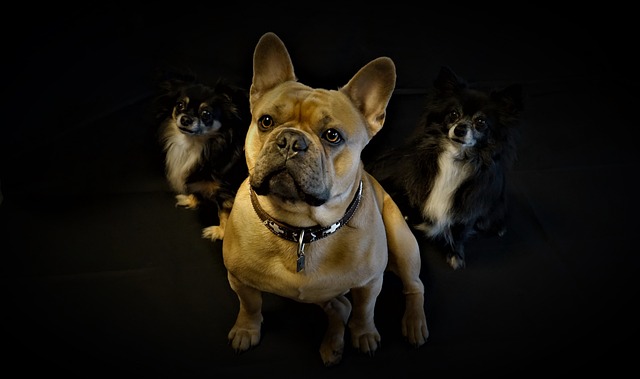
How do i train my dog to be obedient?
Watching your dog dart across the park ignoring your calls isn’t just frustrating—it can put them at risk near busy streets or public spaces.
If you’ve just brought home a energetic Belgian Malinois puppy, you might be wondering when they’ll settle into a well-behaved companion. Unlike some more laid-back breeds, this smart, driven dog thrives on structure—but “fully trained” doesn’t have a one-size-fits-all timeline. Most owners see solid foundational skills by 18 to 24 months, but true mastery of advanced behaviors can take up to 3 years, depending on consistency and your pup’s individual personality. Think of it like teaching a kid to ride a bike: basics come first, but confidence and reliability take time.
The science behind training a Belgian Malinois boils down to their working dog roots. Bred for herding and protection, they have a high prey drive and need mental stimulation as much as physical exercise. This means short, frequent training sessions—10 to 15 minutes, 3 to 4 times a day—work better than long, tiring ones. For example, teaching “sit” and “stay” before mealtime turns routine into learning, and using treats or verbal praise reinforces positive behavior. Skipping these small daily sessions can lead to boredom, which often shows up as destructive chewing or excessive barking—common frustrations for new owners.
 Practical steps should start with socialization, ideally between 3 and 14 weeks old. Take your puppy to busy parks (on a leash, of course), let them meet calm, vaccinated dogs, and introduce them to different sounds, like skateboards or doorbells. This helps prevent fear-based aggression later. As they get older, add leash training—Belgian Malinois pull hard when excited, so using a no-pull harness and rewarding loose-leash walking makes walks enjoyable for both of you. By 6 months, most pups can handle basic obedience, but don’t rush advanced skills like off-leash recall until they consistently follow commands in low-distraction areas first.
Practical steps should start with socialization, ideally between 3 and 14 weeks old. Take your puppy to busy parks (on a leash, of course), let them meet calm, vaccinated dogs, and introduce them to different sounds, like skateboards or doorbells. This helps prevent fear-based aggression later. As they get older, add leash training—Belgian Malinois pull hard when excited, so using a no-pull harness and rewarding loose-leash walking makes walks enjoyable for both of you. By 6 months, most pups can handle basic obedience, but don’t rush advanced skills like off-leash recall until they consistently follow commands in low-distraction areas first.
It’s also key to stay on top of local rules and cultural norms. In most U.S. states, your Belgian Malinois must be vaccinated against rabies by 4 months old, and proof of vaccination is often required for dog parks or boarding. You’ll also need to clean up after them in public—carry poop bags everywhere, as fines for not doing so can be $50 or more in many cities. Equally important is avoiding punishment: Yelling or hitting not only harms your bond but can make this sensitive breed fearful. Positive reinforcement is the standard here, and many trainers offer affordable classes that teach these methods if you’re feeling stuck.
Remember, “fully trained” doesn’t mean your Belgian Malinois will never make a mistake—no dog is perfect. What it does mean is they understand your expectations, can handle everyday situations calmly, and have a strong bond with you. This breed is loyal and eager to please, so putting in the time now pays off with a lifetime of companionship. Whether you’re hiking trails or just relaxing at home, a well-trained Belgian Malinois isn’t just a pet—they’re a trusted member of the family.

Watching your dog dart across the park ignoring your calls isn’t just frustrating—it can put them at risk near busy streets or public spaces.

New puppy owners often find themselves rushing to clean up accidents before they set in, and that’s where puppy pad training becomes a game-changer.

If you've noticed your dog's waistline disappearing and your veterinarian has mentioned those few extra pounds, your first instinct might be to simply reduce the amount of food in their bowl.

Training a dog to use a designated spot indoors isn’t as daunting as many new owners fear, but it does take consistency and an understanding of your pet’s needs.

That moment of dread on a walk is all too familiar for many new dog owners. You see another dog approaching down the sidewalk of your neighborhood

If the sight of another dog on your neighborhood walk makes your heart sink as your own dog erupts into a frenzy of barking and lunging, you're not alone.